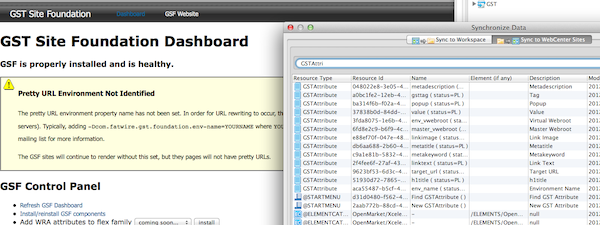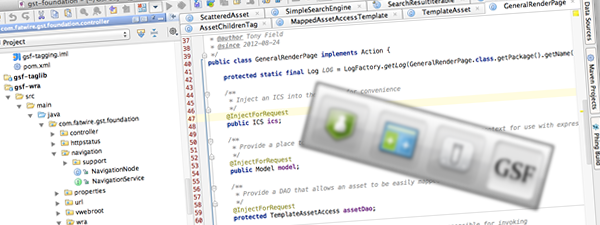For over a decade, WebCenter Sites (FutureTense Content Server, OpenMarket Content Server, FatWire Content Server, etc.) used a text-based import format exclusively for bulk content import and export. The format was HTML-based and essentially exported a database table into a HTML table. Files were written to disk in folders alongside the HTML file.
A mini Swing Java app was created that allowed you to connect to the UI, and you then had a few tools you could use to list catalog data, select database rows to export, and import one or more files. Lightweight and very basic, it did...










